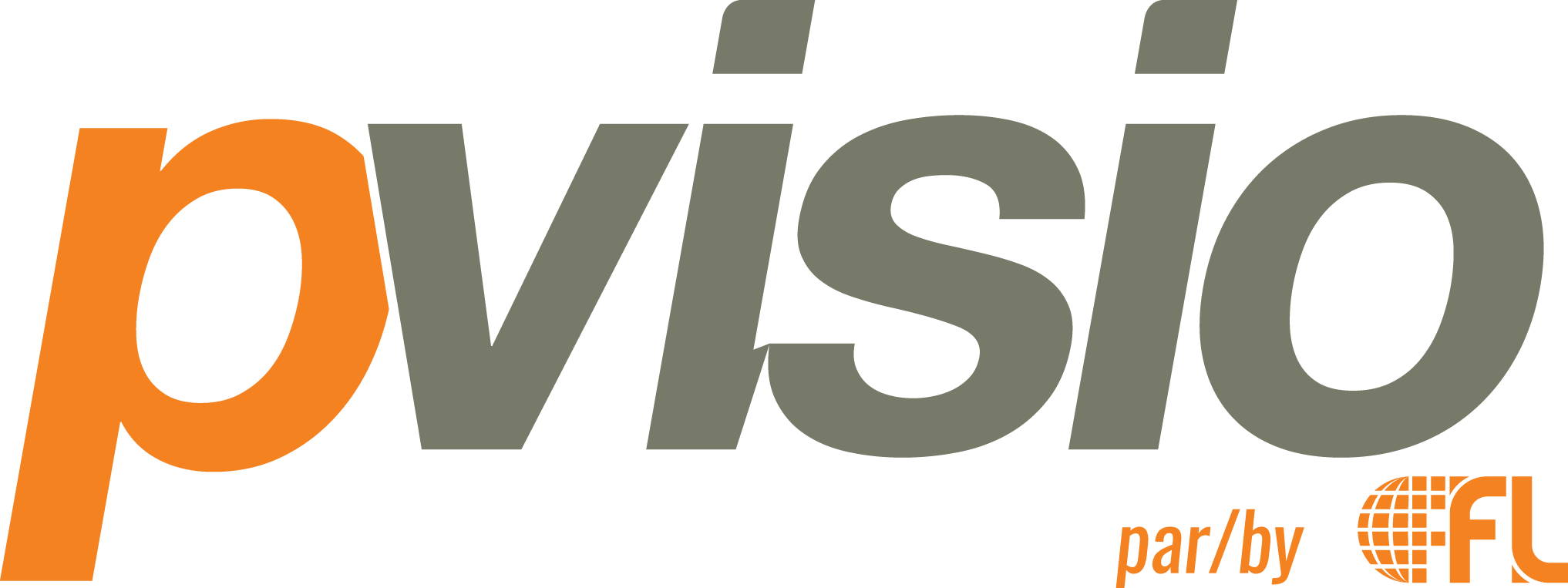From the moment an employee is hired, an employer’s actions can make or break a successful employment relationship. By implementing a structured orientation program your new employee will start on the right foot and will begin to build a sense of belonging to the company. If you fail, you risk adversely affecting the new employee’s enthusiasm and commitment and potentially even causing an early departure.
Not enough time? No excuse. This step makes all the difference and brings advantages both to the new employee and to the organization, such as: a reduction of stress for the employee, a reduction of integration costs for the employer as well as a reduction of its turnover rate.
Here are 7 actions that will allow you to put in place an effective orientation program:
1. Be ready and organized
Prepare a checklist of all items needed as of the employee’s first day of work to ensure that all the resources necessary are available to get started. For example: inform your staff of the new employee’s arrival, prepare a package with all the documentation for the new employee, prepare a training plan, prepare all the essential equipment for the workspace, etc.
2. Give a tour of the office
Show the employee their workspace upon arrival, this will already make the new employee feel more at ease. Then, give a tour of the office and introduce colleagues who will surely give a warm welcome.
3. Paperwork: a necessary evil
Having the reputation of being tedious, this step of the orientation program is essential nonetheless. Fortunately, this task can be accomplished very easily with the help of a human resources information system (HRIS). Using a user ID, the new employee can create their own profile in your system and complete the documents relevant to their hiring. You can then keep their file up to date throughout their employment through integrated processes that facilitate human resources management.
4. Present your company
Sit with the new employee and give an overview of your company and company culture. Briefly present the information found in the orientation package such as company policies, internal resource people, and security measures, etc. Try to not overload the presentation to the point of being overwhelming!
5. Lunch on you!
Normally, a new employee does not have lunch plans and so it is a good opportunity for the supervisor to invite the new employee to a restaurant to chat informally and start to build a working relationship. It’s a great way to break the ice!
6. Assign a mentor
Normally done by a colleague, the mentor’s role will be to act as the resource person for the employee during the first few months of work. The mentor will answer questions and can show them how to complete tasks which will promote the transfer of knowledge. This system encourages interaction and greatly helps the employee’s integration, quickly builds self-confidence and reduces the degree of ambiguity related to the new work environment.
7. Follow up
It is strongly recommended to follow up with the employee to collect feedback on the experience. You can plan the meeting after one month of service to ask them about their progress and satisfaction in regard to the position and work environment. Encourage the employee to ask questions and to share suggestions or comments. This will allow the person to complete their integration successfully and if needed, for the company to improve its orientation program.
Always keep in mind that in the beginning, a new employee will have a variety of apprehensions that need to be put to rest. To integrate successfully, you need a well-structured process that will allow new employees to learn about this new environment as fast as possible. A successful orientation leads to successful employees!
QUESTIONS?
Need advice on setting up an orientation process or selecting your next HRIS? Contact one of our HR, People & Culture Advisors for a free one-hour consultation.
Small and medium-sized businesses can be eligible for subsidies with Emploi-Québec covering up to 50% of our fees.



